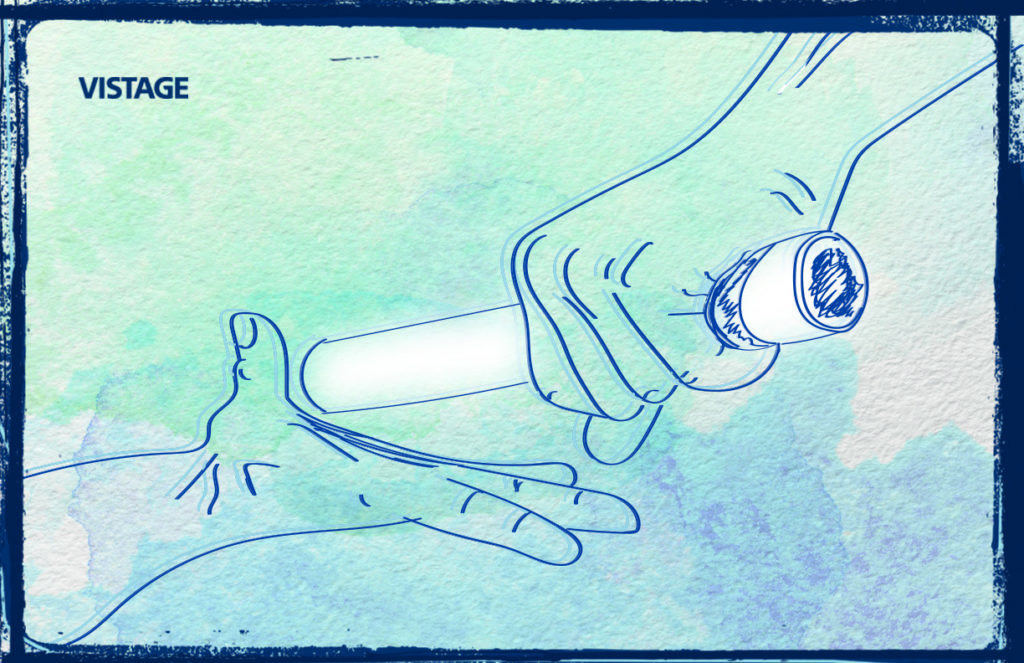Innova(T)ion: Wisdom in Training and Coaching

Why do so many companies falter, even while led by innovation champions and CEOs that are inspirational, hard-working, smart, driven, and expend major time and effort trying to get it right?
One often forgotten imperative in Robert’s Rules of Innovation® is TRAINING AND COACHING. Proper training and coaching in the new product development process is essential to the way to create, reinforce, and enhance company culture and mindset.
Proper hiring, training, and coaching is essential to finding and keeping the right people for the right job. Having them trained in their role and processes on the NPD team in order to perform their personal best, is essential. According to Jeffery Pfeffer, in “What were they thinking?”, poor business choices arise when leaders:
- Fail to consider the unintended consequences of their actions.
For example: When companies get into thick water, the first things to go are usually research budgets, benefits, hours, and even staff. In the short run, this helps cash flow. However, in the long run you have a much higher chance of losing top performing employees and even customers when your quality, service, and innovation are sacrificed.
- Rely on naive theories of human behavior.
Many of the key reasons for derailed innovation programs tie back to culture, and to people related issues. Many executives fall prey to the idea that if you want employees to do their jobs well, you have to actively manage them and impel them by financial rewards or even threats. In reality, people have more than one motivating force, which is important to understand in order to achieve optimal performance. Financial rewards are always nice, but for some creative folks, recognition may be an even more powerful driver.
- Ignore obvious answers
As Pfeffer says in his book, “Many principals governing organizational behavior are simple and powerful – but companies fail to capitalize on them”. One such example is managers that over multi-task while engaging in face time with their employees. Executives that arrive late to meetings, read emails during conferences, or looking through papers as they talk to employees, send a strong message that the employee, or the reason for the meeting is simply not as high priority as they next email or phone call.
Here are some Training and Coaching tips to help your product development process:
- Over-Communicate – One big corporate myth repeated time and time again, is that over-communication is somehow unhelpful, or ineffective. I am convinced that you can almost never over-communicate. Share the good and the bad. Communicate what is working and not working.
- The One-On-One Touch— Individual coaching provides the privacy and attention that breeds success. I’ve found that discussions regarding areas for improvement are received and acted upon much better in a private session, away from peers listening in. This can be especially critical with new employees and/or team members. When you are in a meeting, make that your priority. Treat your employees with courtesy and respect and you will earn their loyalty. Identify and support mentors and champions.
- Basics First— Persistence Pays. Train for continues improvement and don’t forget to train the new comers. Make certain project management basics are taught, applied and re-taught.
For more information about Training and Coaching for sustainable innovation, see “Robert’s Rules of Innovation” by Wiley, March, 2010.
Category: Business Growth & Strategy Innovation Leadership
Tags:

